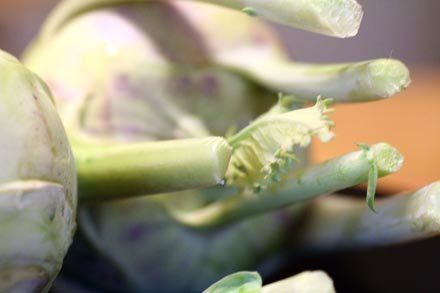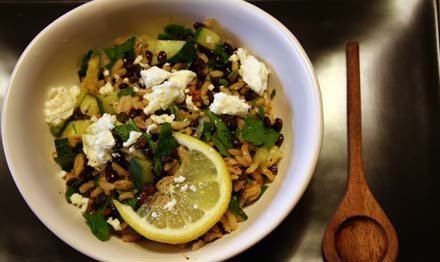
Anthocyanin. It sounds like an agent in chemical warfare, or something to get inoculated against. Or maybe an ingredient stirred into a glass of elderberry wine served up by old ladies on a mission. It’s powerful stuff, too. It can rain down some elbows. Most of you have been around the buffet table a couple of times though, so you might know: anthocyanin is on your side.
Anthocyanins are the pigments that make the berry blue, the cranberry red (but not the beetroot – that’s betalain), and the grape purple. My wine drinking friends and I gleefully toast to the longevity bestowed by the antioxidants in a glass, and when I’m carded at the checkout counter (it still happens 87% of the time, despite the sad fact that I’m turning 40 next month) and the astonished clerk looks at my ID and looks at me and then mutters “someone’s got a secret”, I offer that it must be the wine, and we laugh. But they say that jokes are only funny if there’s some truth to them – and I think there really must be some truth there (or it might be my primarily Mediterranean, decades-long meat-free diet – ok, so there is that. And genetics – thanks, Mom!).
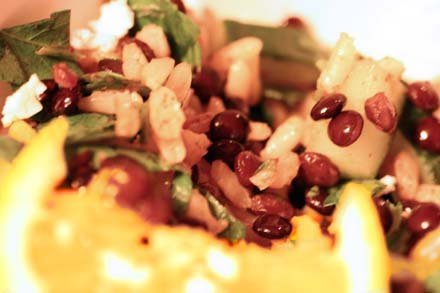
A lot of research has been done on anthocyanins, and there’s laboratory-based evidence for their ability to combat cancer, aging and neurological diseases, inflammation (the precursor to heart disease), type 2 diabetes and even bacterial infections.
Why does this matter to us? Beluga lentils. Anthocyanin is what makes the lentil black (or red). In fact, legumes top the list of anthocyanin-packed foods, at 20 mg per gram. In comparison, eggplant has 7.5 mg/gram, and likewise for red grapes. Blueberries come in at 5 mg. Most of the research done on the health benefits of anthocyanins has focused on black raspberries. I couldn’t find an antioxidant count for those, but other black berries have about 3.5.
I think I’ve built up immunity against all sorts of dreaded things this week because I’ve been living on various renditions of this simple salad. I could declare warfare on any number of ailments and illnesses, were I so inclined.
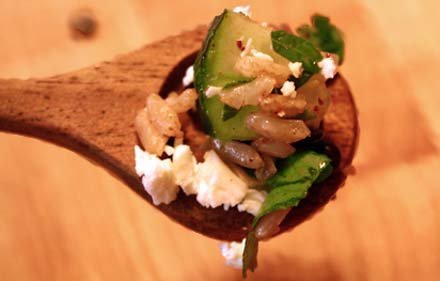
Our friends Melanie and Brian brought it to a dinner party not long ago, and it was just my kind of food: vegetarian, whole-grain, complex carb. Later Melanie gave me the recipe, and here’s a secret: she used Trader Joe’s ready cooked grains. Here’s an even bigger secret: the first time I made it, so did I. Oh dear readers, that’s dangerously easy, and there’s no compromise in flavor. The second time I cooked my own lentils and rice from a big economy-sized burlap bag from the international grocer, but even so, this is an easy dinner. I cooked the rice and lentils in the same pot (I tell you how below) so that it was almost as mess -free as buying the grains.
The recipe
The thing about this salad is that it’s an empty canvas. Melanie’s version contained roasted red peppers and kalamata olives. I had a ton of dill in my garden, so the first time around, I used that and a bit of fat-free Greek yogurt. This time, I had parsley exploding from all corners of the yard, plus a cucumber that I purchased at the market, so that’s what I went with. What will you use?
Also, before I give you the recipe, let’s talk about wine. Now that it’s summer I find myself thinking about lighter wines, but I wasn’t sure what to pair with this. There are many contrasting flavors and textures here. So I asked our local wine expert, Lucy in St. Lou. I’ll just give you her words verbatim, because she reasoned it far more eloquently than I could: It’s a tough pairing. The yogurt, lemon, and dill make me lean towards Savignon Blanc or a really crisp Pinot Gris, but that could be way too light for the earthy, spicy flavors of the lentils which makes me lean towards a Pinot Noir or Burgundy. Also, with all the Middle Eastern/African influence in Spanish cooking, maybe a Spanish red from the Ribera del Duero would pair well. It tends to be acidic which would work with the yogurt (and dill, if you added that) but earthy like the lentils.
So there you have it. A Pinot Noir, a Burgundy, or a Spanish red like Duero.
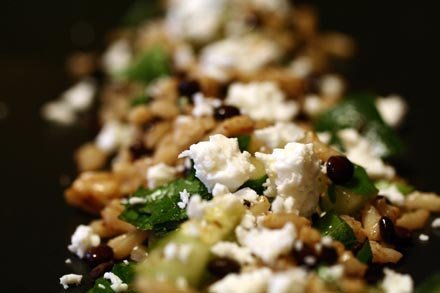
Black Beluga Lentils with Cucumber and Feta
1 cup cooked beluga lentils (or ½ cup uncooked)*
2 cups cooked brown rice (or 1 ¼ cups uncooked)
1 medium cucumber, chopped into small pieces
juice of one lemon, maybe a bit more depending on taste
1 ½ tablespoons olive oil, maybe a bit less depending on taste
1 generous handful of fresh parsley
A three-fingered pinch of red pepper flakes
Good, imported Greek feta, crumbled (add to taste)
Freshly ground pepper (you won’t need salt bc of the Feta)
Optional garnish: plain Greek yogurt, dolloped on top
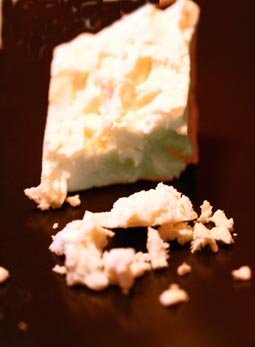
*I found my lentils at the international grocery store, but you can order them online from Berhanu Organics. If you do, be sure to also order some of their Azeefa dips — they are divine!
Combine cooked rice and lentils in a large bowl. Stir in chopped cucumber, then squeeze in the leon juice and add olive oil. Stir to combine, then add chopped parsley and stir again. Add pepper and red pepper and stir. Garnish with feta and eat. This can be served cold, room temperature, or warmed – your choice.
If you’re cooking the lentils and rice, place 1 ¼ cups uncooked brown rice in a large pot with 3 ½ cups water. Bring to a boil and then cover the pot with a lid and turn heat to simmer. After 10 minutes, add the lentils and replace the cover. Cook for an additional 20 minutes, then turn off the heat. Leave the lentils and rice in the remaining water and let sit for another 15 minutes, then drain. You want to be careful not to over cook the lentils – they’ll lose their shape if they’re over hydrated.
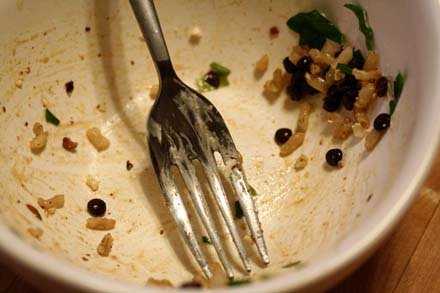
Coming next post:
